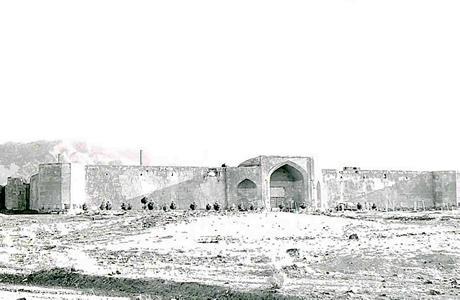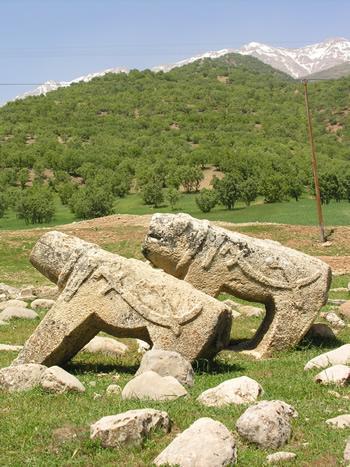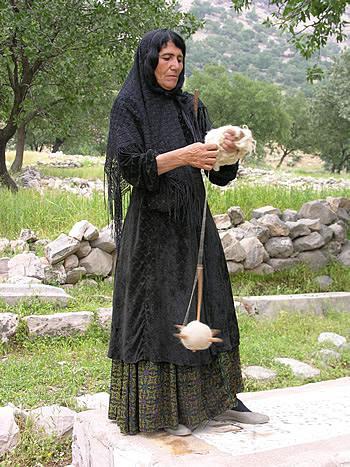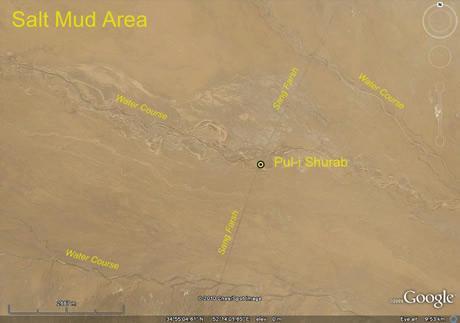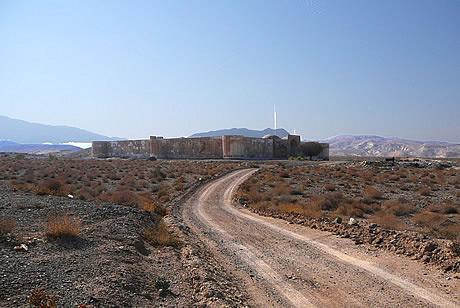Siahkuh and Haramserail
Morton photographed some of the many stonemasons’ marks. These are still visible now. Kleiss has recorded fourteen different marks. Although it is not clear if these are quarrying or builders’ marks, they still make a distinctive connection with a small group of non-elite men from 400 years ago. [SA.M.8]


